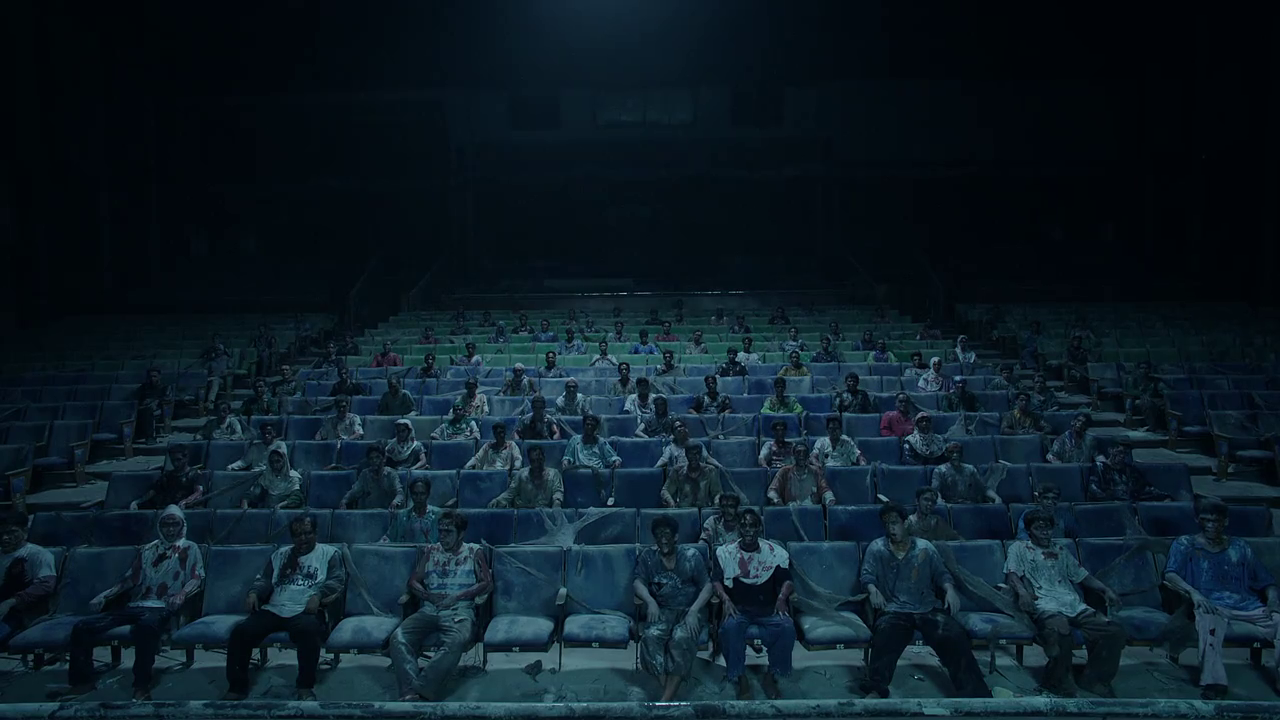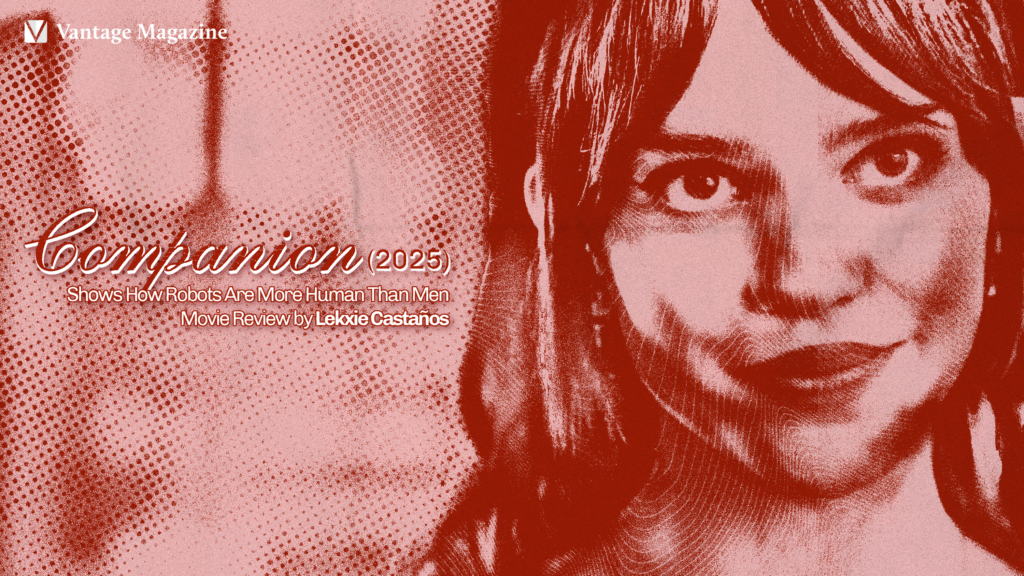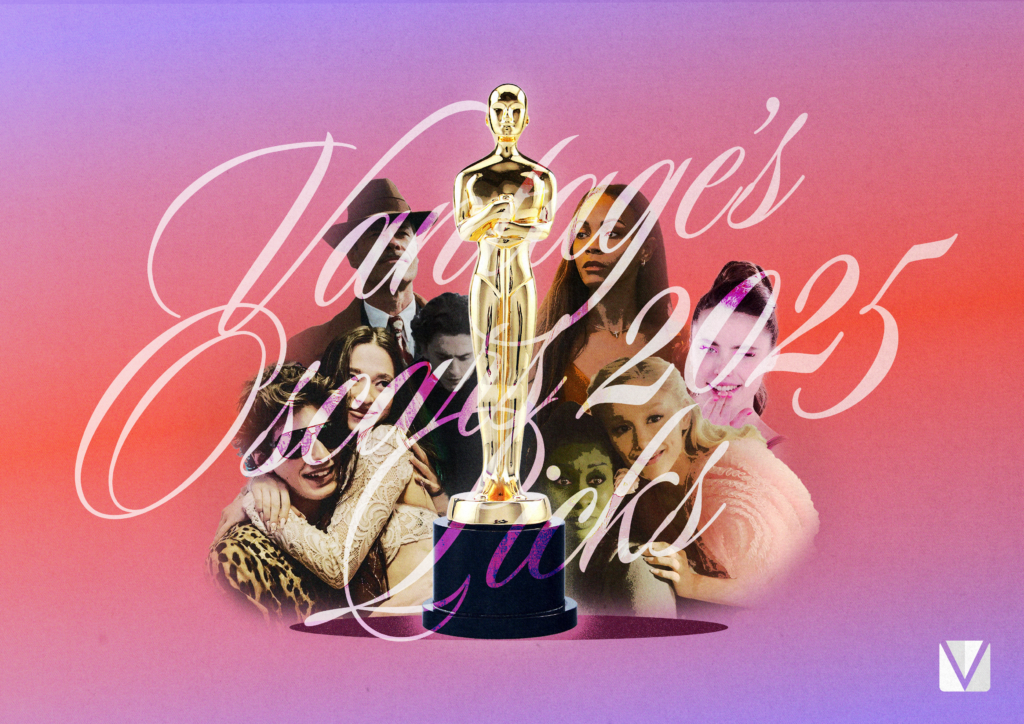It’s Halloween time again, and even if you’ve outgrown costumes and trick or treating, there are other ways to get into the spirit of the season. For most people, that means buckling down and enjoying some good horror movies with a few friends. There’s nothing quite as thrilling as a scary movie, especially the kind that gets your adrenaline pumping with every frame.
We here at Vantage love scary movies, and in honor of the scariest time of the year, we’ve put together a whole list of them. But instead of talking about films you’ve probably already heard of, we’ll be discussing an underappreciated corner of the horror movie universe: Filipino horror. Often unfairly stereotyped as formulaic and bland, the local film industry does produce some gems, a fair share of which fall under the horror genre. Here are six of them.
Feng Shui (2004, Chito Roño)
Perhaps the most iconic of all Filipino horror movies, Feng Shui is a secretly masterful slice of genre cinema. Chronicling the story of a mother (Kris Aquino, in all her scream-queen glory) who finds a Chinese artifact—known as a ba gua—that brings her good fortune but at a steep price, the film moves at a frenetic pace, with the stakes getting higher as the body count grows. Featuring a solid cast and one of the truly great movie monsters in the genuinely haunting Lotus Feet, Feng Shui is rightfully Ground Zero for Filipino horror.
Sukob (2006, Chito Roño)
Kris Aquino makes another appearance on this list with Sukob, at one point the highest grossing Filipino film of all time and an enthralling supernatural thriller in its own right. Centered on the old superstition that one should not get married in the same year as a relative’s death or a sibling’s marriage, Sukob (which literally translates to “conflict”) weaves an engrossing tale of horror, suspense, and drama that rattles off plot points at an almost machine-gun speed. It is a unique entry into the local horror canon that’s guaranteed to keep you up at night.
Ouija (2007, Topel Lee)
Only in the Philippines could you assemble an all-star cast for a genre film. A bevy of local stars—namely Judy Ann Santos, Jolina Magdangal, Iza Calzado, and Rhian Ramos—headline this ensemble film about four cousins who unleash dark forces by playing around with an Ouija board. There’s a special kind of shock when a big-name star is killed off in any movie, which makes the film’s horror spots that much more frightening, and it builds up to an intense, tragic climax.
Yanggaw (2008, Richard Somes)
Philippine mythology has its share of fantastic monsters, perhaps the most famous of them being the aswang. A bloodsucking, usually female creature that hunts at night, the aswang has been put to screen countless times throughout the history of local horror. However, Yanggaw, which portrays the creature as victim rather than monster, is the freshest, most original take on the mythos in a long while. An engaging narrative and solid acting complements the film’s thematic heft, creating a uniquely affecting viewing experience.
Shake, Rattle, and Roll XV (2014, Percival Intalan, Jerrold Tarog, and Dondon Santos)
In terms of local scary movies, the Shake, Rattle, and Roll anthology is an institution in and of itself. Composed of three disjoint vignettes that range from camp frights to full-throttle terror, each installment in the franchise is as absurd as the last, and while not every segment may be scary, they are all entertaining. Shake, Rattle, and Roll XV, their latest release, earns a spot on this list almost solely due to Jerrold Tarog’s “Ulam”, its spine-chilling second segment and one of the series’ best offerings. Following the story of a family being fed cursed food by their yaya, it’s a haunting vignette that showcases all the best things about the Shake, Rattle, and Roll tradition.
Tragic Theater (2015, Tikoy Aguiluz)
The film’s marketing campaign dubbed it “too scary for theaters”, but while Tragic Theater falls short of that mark, it has its merits. Most Filipino horror movies are about age-old curses and myths—but this film, about the ghosts that supposedly haunt the Manila Film Center, is unique in how it eschews age-old legends for a more modern flavor of horror. In a film tradition packed to the brim with mangkukulams—or witch doctors—and white ladies, this straightforward ghost story is a worthwhile break from the norm.






